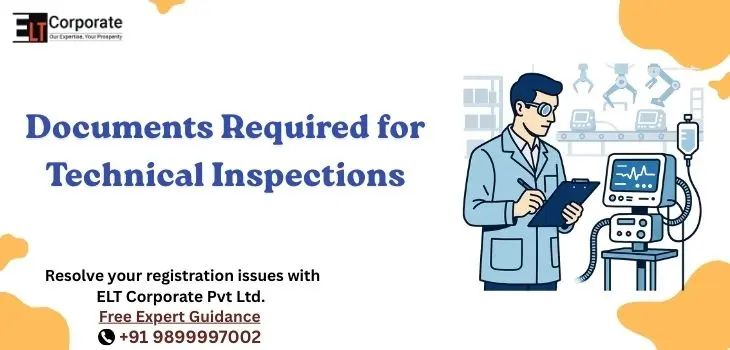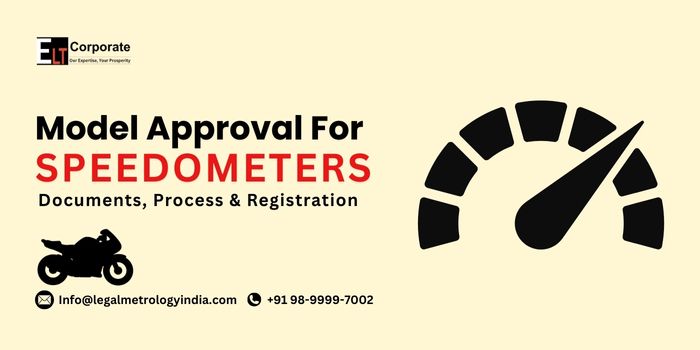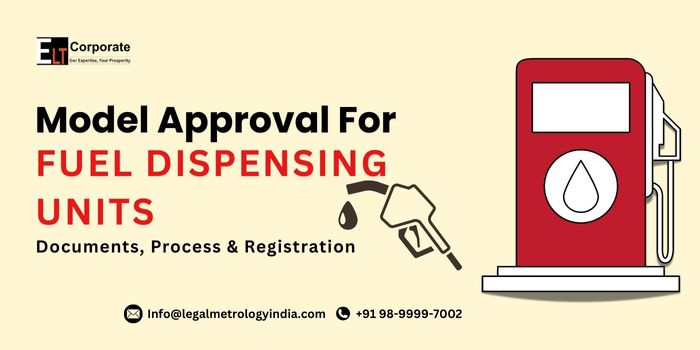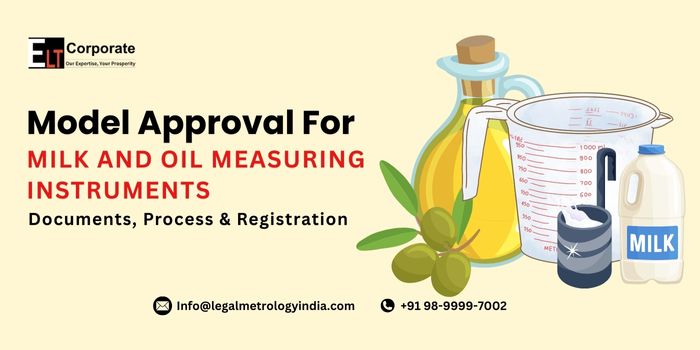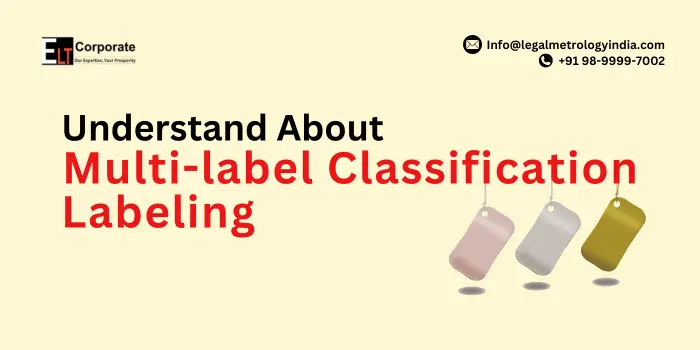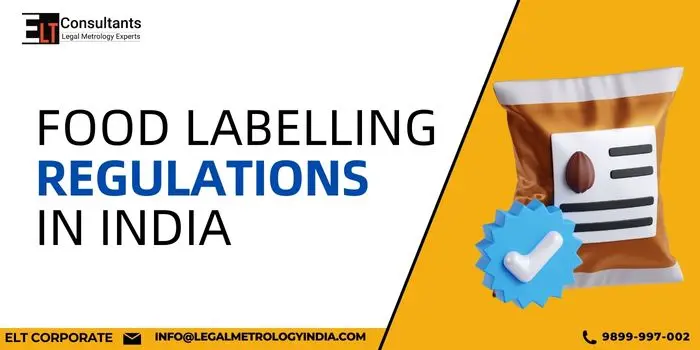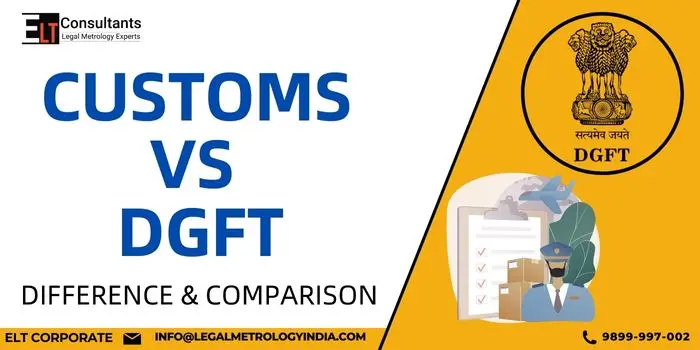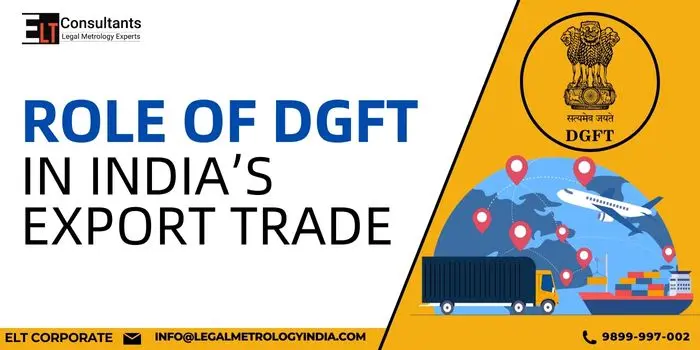Documents Required for Technical Inspections
In India’s regulated business environment, technical inspection is an important part of ensuring compliance with various laws such as legal metrology act, drugs and cosmetics act, BIS standards, environmental laws and security rules of factory. Inspector helps to verify whether business equipment, packaging, labelling and workplace are followed by statutory requirements. For manufacturers, importers and distributors, the correct set of documents prepared during inspection is necessary to avoid punishment, maintain market reliability and ensure smooth operation. Why Documentation for Inspections Matters Evidence of compliance – It helps to demonstrate that business meets all statutory requirements. Penalty is avoided – missing or old documents can result in penalty, goods seizure, or license suspension. Transparency ensures – assurances the regulators that the company is working properly and responsible. Business Trust – Organized Documentation Constates Trusts with regulators, customers and supply chain partners. Key Documents Required During Technical Inspections 1. Licenses and Registrations Legal Metrology License (Manufacturer/Importer/Dealer/Repairer). BIS Certification for relevant products. FSSAI license (for food-related products). Factory license and Pollution Control Board NOC (if applicable). 2. Calibration and Verification Certificates Proof of annual verification of weighing & measuring instruments. Calibration reports from accredited labs. Sealing/Stamping certificate issued by Legal Metrology Department. 3. Purchase and Import Records Original purchase invoices of machines and measuring instruments. LMPC certificate for packaged imports. Bill of entry and customs clearance documents for imported goods. 4. Packaging and Labeling Compliance Approved artwork of labels with mandatory declarations. Batch records, MRP declaration, and packaging test reports. Dual-language labeling (English & Hindi) evidence. 5. Safety and Quality Documents Test reports confirming compliance with BIS/IS standards. Safety Data Sheets (SDS) for hazardous products. Internal audit records and packaging strength test certificates. 6. Environmental and Workplace Compliance Pollution under Control (PUC) certificates for vehicles used in transport. Waste disposal contracts (for hazardous/chemical waste). Records of staff training on handling, safety, and compliance. Penalties for Missing Documents Legal Metrology – Fines up to ₹1 lakh, seizure of goods, or imprisonment for repeated violations. BIS & Packaging Rules – Cancellation of license, product recalls, and heavy penalties. Environmental Laws – Liability for cleanup costs, environmental damage, and prosecution under EPA, 1986. Combined Impact – Imports may be stopped, supply chain disrupted, and business reputation permanently damaged. Common Mistakes Businesses Make Not renewing calibration/verification certificates on time. Failing to update labels after regulatory changes. Keeping incomplete invoices or duplicate purchase records. Ignoring requirement of LMPC registration for imported pre-packaged commodities. Misplacing safety and test reports during audits. How to Stay Compliant Maintain a compliance file with all mandatory documents. Conduct internal audits every quarter to ensure validity of certificates. Digitize records for faster retrieval during inspections. Regularly renew Legal Metrology, BIS, and other licenses. Train staff to respond confidently during surprise inspections. How ELT Corporate Helps Businesses At ELT Corporate, we assist businesses in preparing for inspections and staying audit-ready: Guidance on Legal Metrology documentation and licensing. Support in BIS certification and packaging compliance. Preparation and review of labels, invoices, and test reports. Assistance in LMPC registration for imports. Advisory for inspection handling, audits, and dispute resolution. Conclusion Documents play an important role in ensuring smooth technical inspection. While licenses validate operations, calibration certificates ensure equipment accuracy, and guarantee compliance with packaging record labeling rules. Together, they protect businesses from punishment and increase confidence with regulators and customers. Should help prepare for inspection? Contact ELT Corporate today for complete documentation and compliance support.

